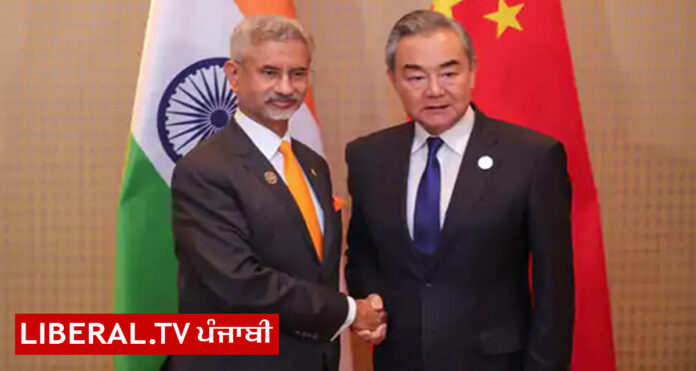India and China have taken a significant step toward thawing their bilateral relations, as they announced on Monday that the Kailash Mansarovar Yatra, which had been suspended since 2020, will now resume. This agreement emerged from a meeting between Indian Foreign Secretary Vikram Misri and Chinese Foreign Minister Wang Yi, signaling a renewed commitment to engage in dialogue and cooperation.
The decision to restart the Yatra is symbolic on multiple levels. The Kailash Mansarovar Yatra, a pilgrimage to a revered site in Tibet, has long been a channel for cultural exchange and mutual understanding between the two nations. The disruption of this sacred journey, which was halted due to the pandemic, has left a gap in people-to-people interactions. Now, with the resumption of this pilgrimage, there is hope that it will provide a platform for fostering greater goodwill and trust.
Moreover, both countries agreed to revive other mechanisms of cooperation, including the provision of hydrological data and discussions surrounding trans-border rivers. The announcement to hold an early meeting of the India-China Expert Level Mechanism reflects both nations’ recognition of the importance of these technical and environmental exchanges, which impact millions of people across both countries.
The resumption of direct flights between India and China also stands out as a practical step to restore connectivity and facilitate travel between the two countries. Additionally, both sides have agreed to promote people-to-people contact, especially through media and think tanks, which could pave the way for a more nuanced and informed public dialogue.
It is heartening to see that the two countries are making concerted efforts to address their concerns in a range of areas, including trade and economics. The discussions surrounding trade transparency and resolving economic issues indicate that both India and China are committed to managing their differences and finding long-term solutions that benefit both sides.
However, this step forward should be seen with cautious optimism. While the resumption of these exchanges is a positive development, it remains to be seen whether this momentum can be sustained, especially as both countries continue to grapple with longstanding geopolitical tensions and economic challenges. The key will lie in the sustained and constructive engagement at multiple levels, which could ultimately determine the trajectory of India-China relations in the years to come.



